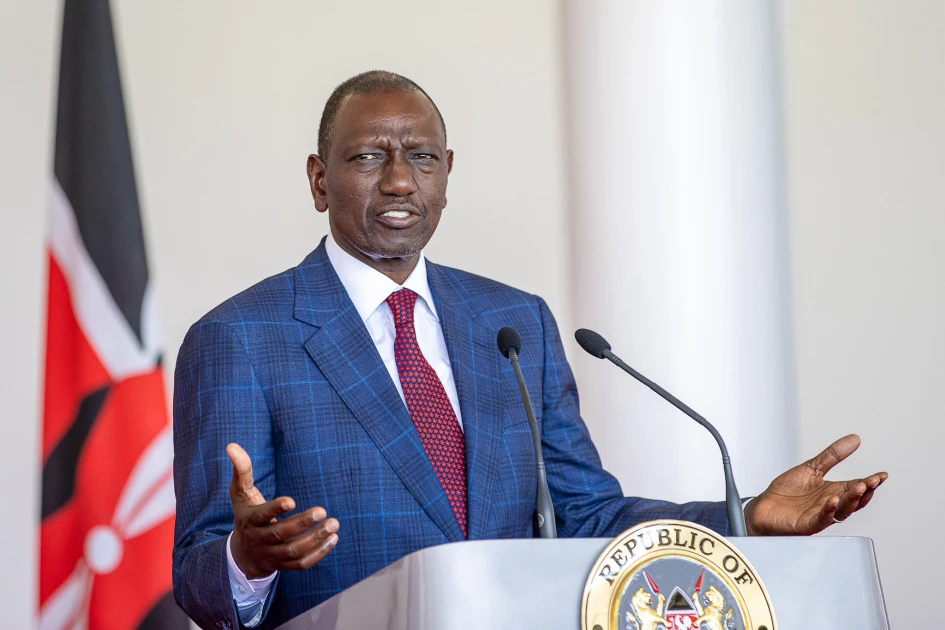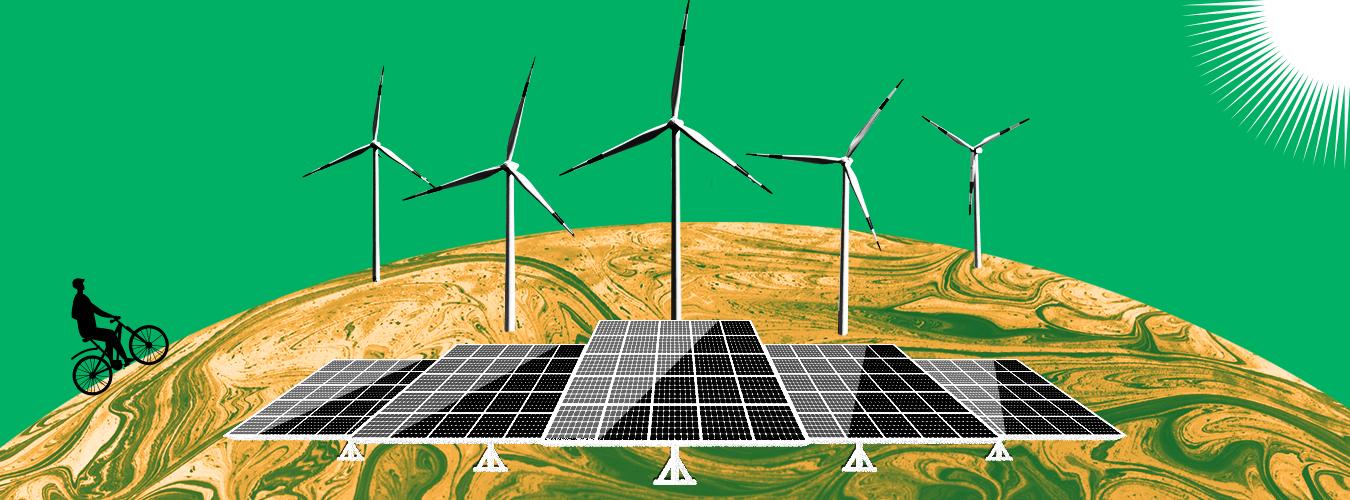When President Ruto publicly mentioned daily load-shedding between 5pm and 10pm, it caught Kenyans off-guard. We’re a country that complains about blackouts, yes, but load-shedding is a new vocabulary for many. The public reaction online shows shock, skepticism, and a thirst for clarity.
Kenya’s energy supply looks strong on paper:
- Installed generation capacity: ~3,000MW+,
- Historical peak demand: ~2,412MW (Oct 2025)
So why load-shedding if we produce more than we consume? Because installed capacity ≠ available capacity at night.
From 5pm–10pm:
- Solar disappears completely
- Wind output becomes inconsistent
- Everyone goes home and switches appliances on (peak residential demand)
- Factories and industries still active
- High water pumping demand
- EV charging increasing
It’s not about total megawatts Kenya owns, it’s about what is dispatchable in real time when Kenya needs it most.
Think of it like this:
| Time | Solar | Wind | Hydro | Geothermal | Demand |
|---|---|---|---|---|---|
| Daytime | ✅ Strong | Moderate | Balanced | Stable | Medium |
| Evening (5-10pm) | ❌ Zero | ❓ Fluctuating | 🔼 Higher dependency | ✅ Backbone | 🔼 Spike |
A major question online has been: “How can Kenya be rationing electricity while still exporting power to Uganda?” On the surface, it looks contradictory. But Kenya exports power only when there is surplus generation capacity at that moment, usually during off-peak hours when demand is lower and renewable output is strong. At night, especially between 5 pm and 10 pm, demand surges while solar disappears and wind becomes inconsistent. Electricity isn’t like maize that can be stored for later; surplus at noon doesn’t solve scarcity after sunset. So exports do not mean Kenya has a constant excess, they simply reflect the times when supply temporarily outweighs demand.
To understand why Kenya can export power at noon yet still ration power at night, it helps to know how electricity flows from source → socket:
1️⃣ Generation — Where Power is Produced
Electricity is produced in power plants using:
- Hydro (dams)
- Geothermal
- Wind
- Solar
- Thermal plants (diesel/gas — expensive backup)
Each source has timing differences:
| Source | When It Produces Best | Notes |
|---|---|---|
| Solar | Daytime only | Drops to zero at sunset |
| Wind | Mostly night/early morning | Unpredictable |
| Hydro | Constant but seasonal limits | Depends on rainfall |
| Geothermal | 24/7 stable base load | Kenya’s strongest asset |
| Thermal | Any time | Very expensive — used during shortages |
So during midday, solar + wind + geothermal can create temporary surplus, leading to exports. At evening peak, solar disappears, wind fluctuates, and demand spikes → strain.
2️⃣ Transmission — Long-Distance High Voltage Lines
Power travels from generation sites like Olkaria, Turkwel, or Loyangalani through the national grid (Kenya Power & KETRACO). It travels at very high voltage to reduce losses. Think of this as Kenya’s electricity highway network. This energy cannot be stored at scale (batteries for a whole country are extremely expensive), so whatever is produced must be used immediately or lost.
3️⃣ Substations — Voltage Step-Down
Before reaching homes or businesses, power goes through substations that reduce voltage to safe distribution levels. Step-down transformers convert transmission power → usable electricity. This is like water flowing from a main dam into smaller pipes.
4️⃣ Distribution — Local Grid & Lines
This is the last-mile network Kenya Power manages:
- Poles & wires in estates
- Local transformers
- Street lines leading to homes
If these local systems get congested or damaged, you get outages.
5️⃣ Your Home — Meter → Switch → Bulb
Power enters your house via your meter, then into your wiring.
Read Also: How Much Electricity Does a Typical South African Home Use Per Month? (2025 Guide)
Flip a switch → instant electricity flow.
Another sentiment gaining traction is suspicion of politics or corruption: “South Africa suffered load-shedding because of cartels, is this the same here?” Kenya’s energy sector does carry historical baggage, overpriced IPPs, idle plants, distribution losses, and questionable procurement. So the skepticism isn’t baseless. But the data also show that Kenya hit record peak demand levels in 2025, especially in the evenings. Both may be true: there is structural energy stress and a legacy of sector mismanagement. This time around, the numbers support the admission of load-shedding.















